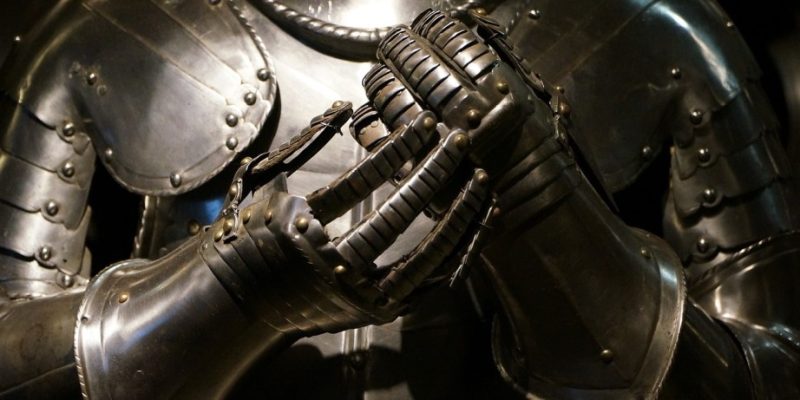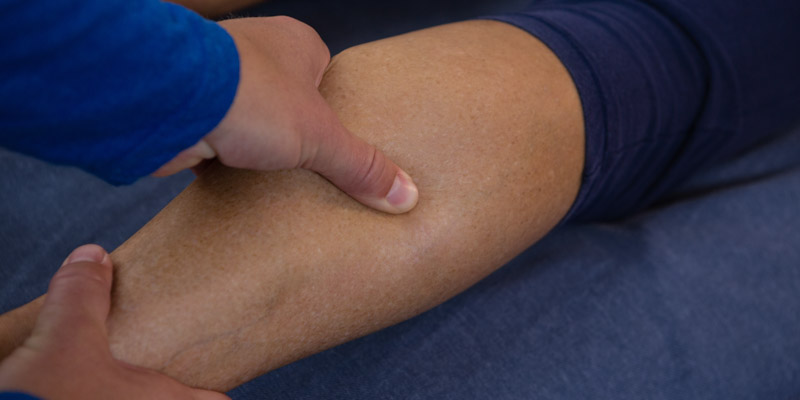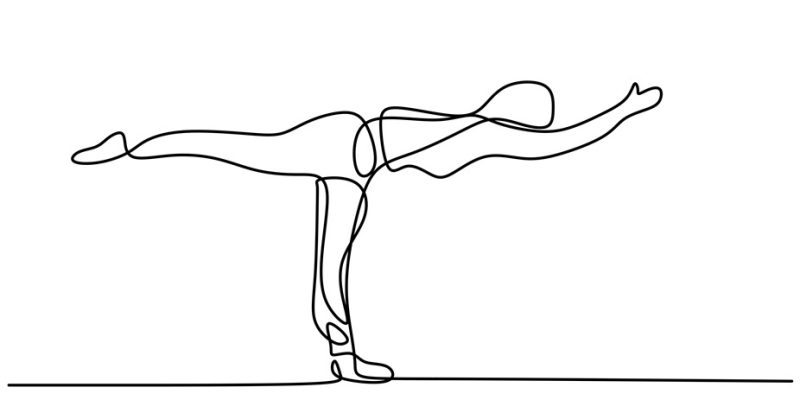
The concept of Character Armor was developed by the Austrian physician and psychoanalyst Wilhelm Reich (1897 – 1957), and explains how people may cope with and protect themselves from emotional pain and trauma. An in-depth discussion of the concepts and therapeutic work with regard to this Character Armor is to be found in Reich’s book Character Analysis.
At any rate, according to Reich, a Character Armor expresses itself as physical manifestations — what Reich called the Body Armor, Emotional Body Armor, or Muscular Armor — and psychological or character traits, which both serve as an emotional defense mechanism.

Physical manifestations may include phenomena such as muscle and connective tissue tensions and contractions, tensions or dislocations of organs, numbness, insensitivity, shallow breathing (chest breathing), inflexibility, rigidness, or awkwardness of posture, and/or color changes in the skin. Moreover, these habits and features are unconsciously or subconsciously held.
Psychologically, one’s Character Armor may show as characteristic postures, gestures, speech, movements, attitudes, and reactions, for instance, avoiding eye contact, always smiling even if there’s nothing to smile about, being dominant or submissive, petulant or stubborn, habitually crossing the arms in front of the chest, impairment of movements, or keeping a sizable physical distance to other people. In addition, the person involved would show signs of social withdrawal, depression, anxiety, loneliness and isolation, and avoids sexual excitement.
The Character Armor tends to arise because of the inherent conflict between our authentic human needs, desires and emotions and the unnatural attitudes and conditioning our parents, family, and society impose upon us. In fact, Reich claimed that we repress or suppress our natural expression in order to align with the expectations of family and society, and subsequently we shape an artificial, unnatural character.
In addition, Wilhelm Reich believed that a Character Armor can grow stronger in response to chronic stress and traumatic events later in one’s life, while it inhibits us from experiencing our full set of desires and emotions (or numbing them), expressing our true selves, and from actually digesting and healing our emotional wounds.

As a whole, we could say that the Character Armor is thought to be created to prevent feeling the emotional pain that traumatic experiences cause, and/or prevent further emotional hurt. Reich also thought that an important negative result of this defense mechanism is that people often struggle to form intimate relationships or connect with others on a deeper emotional level.
To heal from trauma, and to be able to express ourselves naturally, attain sexual health, and start enjoying life again to its fullest potential, Reich proposed a specific type of therapy which he called Vegetotherapy, a form of Body Psychotherapy or Somatic Psychology, which today is often called Body De-Armoring (and likewise Somatic De-Armoring or Emotional De-Armoring).
De-Armoring — in the Reichian setting — includes Psychotherapy (or Talk Therapy), but additionally the use of somatic practices such as Breathwork, simulation and roleplay, working with facial expressions, massage, touch, pressure, and acupressure to release the Body Armor (the person’s physical tensions, constrictions, or disconnections) to subsequently digest and release the hurt of corresponding emotional traumas that arises and heal emotionally.

















